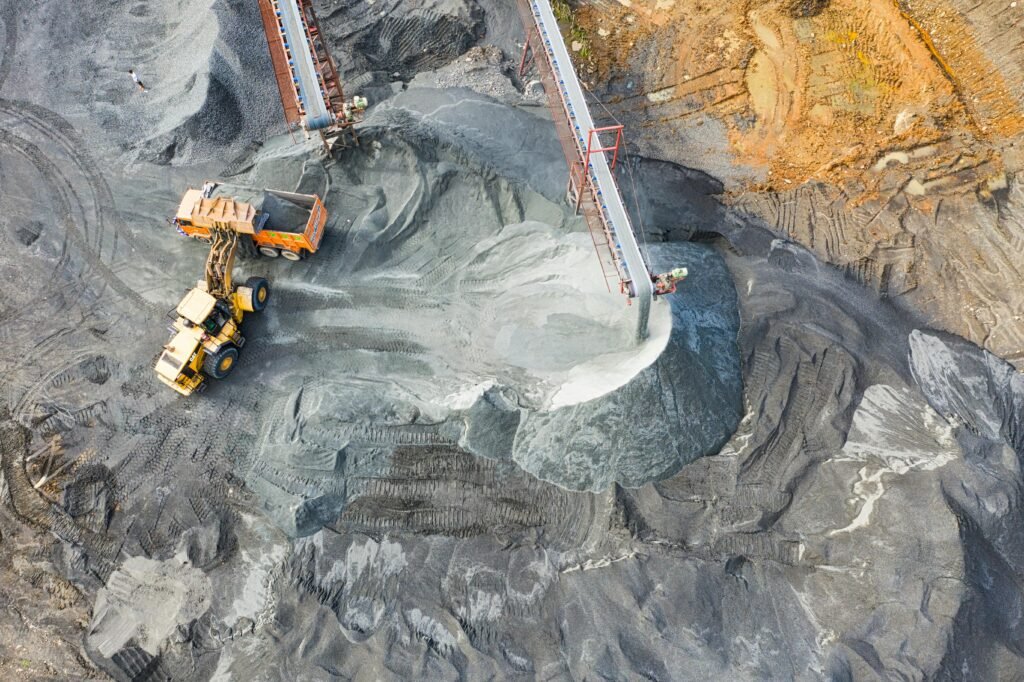
Mining is not merely an industry — it’s a mirror of human evolution.
From the first spark of curiosity that led ancient humans to strike stone against stone, to today’s intelligent mines powered by data and drones, the story of mining is the story of progress itself.
The Stone Age: When Survival Shaped Innovation
Long before the word “mining” existed, early humans dug and chipped at rock to survive. Flint, obsidian, and other minerals were not just materials — they were the lifeblood of the Stone Age. These first resources became the tools that built shelters, hunted food, and shaped communities.
In this era, mining was simple, raw, and personal. Every strike of stone against stone symbolized our instinct to transform nature into opportunity.
The Age of Metals: Powering Ancient Civilizations
As humanity discovered the potential of metals, mining became the foundation of civilization. Bronze forged empires, gold adorned temples, and iron powered armies.
From the deserts of Egypt to the mountains of Rome, miners worked deep within the earth — extracting not only resources but the wealth and might of nations.
The world’s first trade networks and social hierarchies were built upon these metals. Mining had become more than survival — it became the engine of progress.
The Industrial Revolution: When Machines Took Over
By the 18th and 19th centuries, steam and steel redefined the limits of human capability. Machines replaced muscle, and coal became the black gold that fueled a new era.
The Industrial Revolution didn’t just change how we mined — it changed why we mined. Resources were now demanded by industries, railroads, and nations hungry for power.
But alongside progress came cost: pollution, dangerous labor, and the birth of environmental awareness.
The 20th Century: Mechanization and Safety
In the modern age, electricity and engineering transformed mining once again.
Hydraulic drills, conveyor systems, and heavy machinery made extraction faster, deeper, and safer. Helmets, sensors, and standardized regulations protected workers — a testament to growing respect for human life within one of the world’s riskiest professions.
Mining was no longer brute force — it was precision guided by innovation.
The Digital Era: Smart Mining and Sustainability
Today, the future of mining lies in intelligence. Artificial intelligence predicts mineral deposits.
Drones scan topography. Sensors optimize production and safety in real time. And data analytics ensure efficiency with minimal environmental impact.
This is smart mining — a fusion of technology and ethics. The modern miner might sit behind a screen, but their mission remains the same: to extract value responsibly from the earth that sustains us all.
A Reflection Beneath the Surface
From hand-carved stone tools to AI-driven robots, mining has always been more than an act of extraction.
It’s a reflection of who we are — curious, creative, and constantly evolving.
As we continue to mine deeper into both the earth and our own ingenuity, the real treasure lies not in the minerals we uncover, but in the wisdom we gain from how we choose to unearth them.
